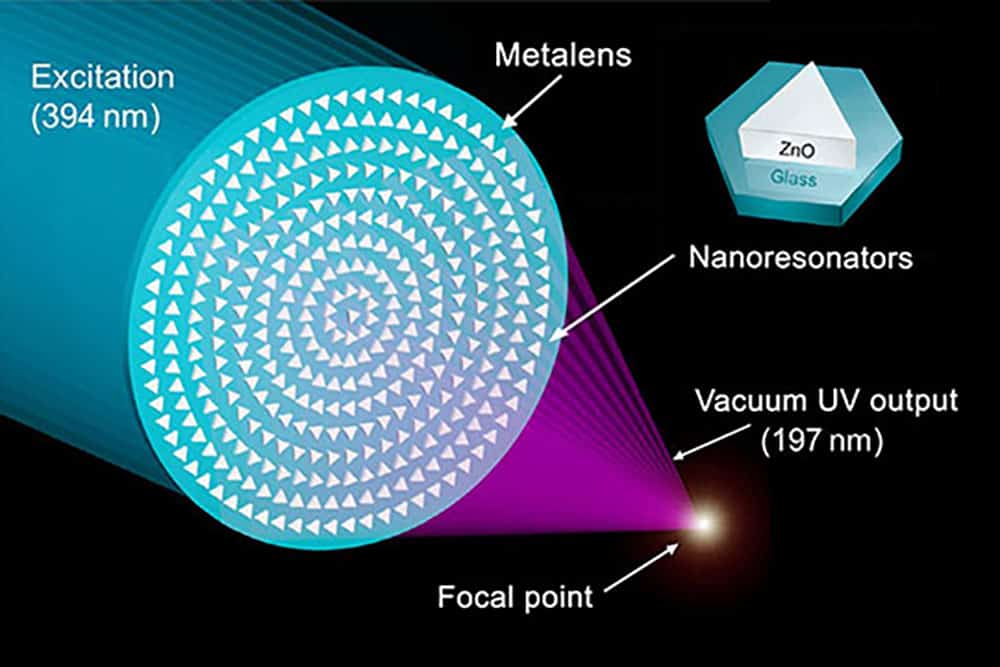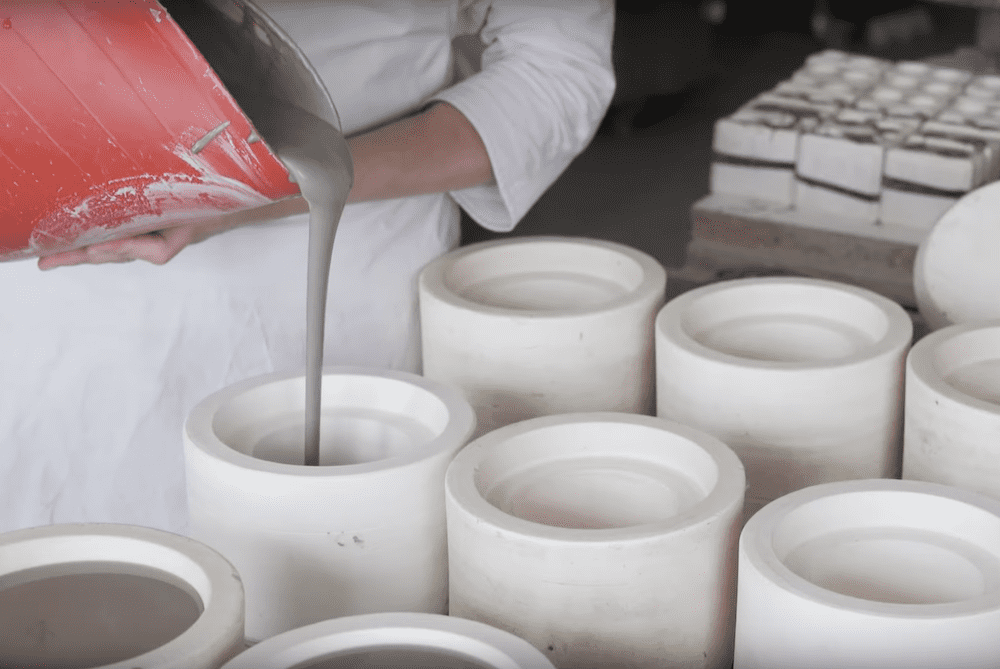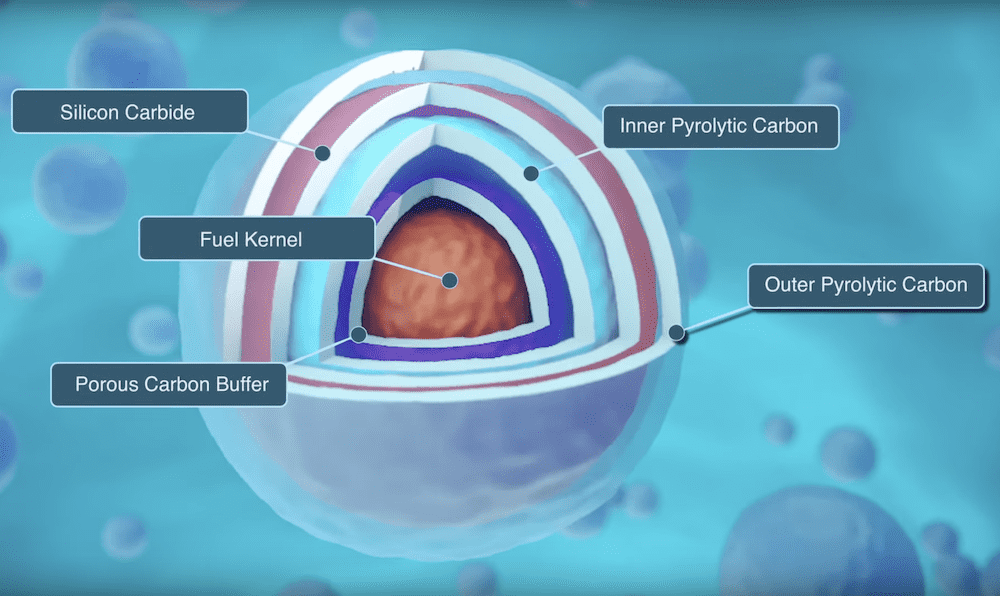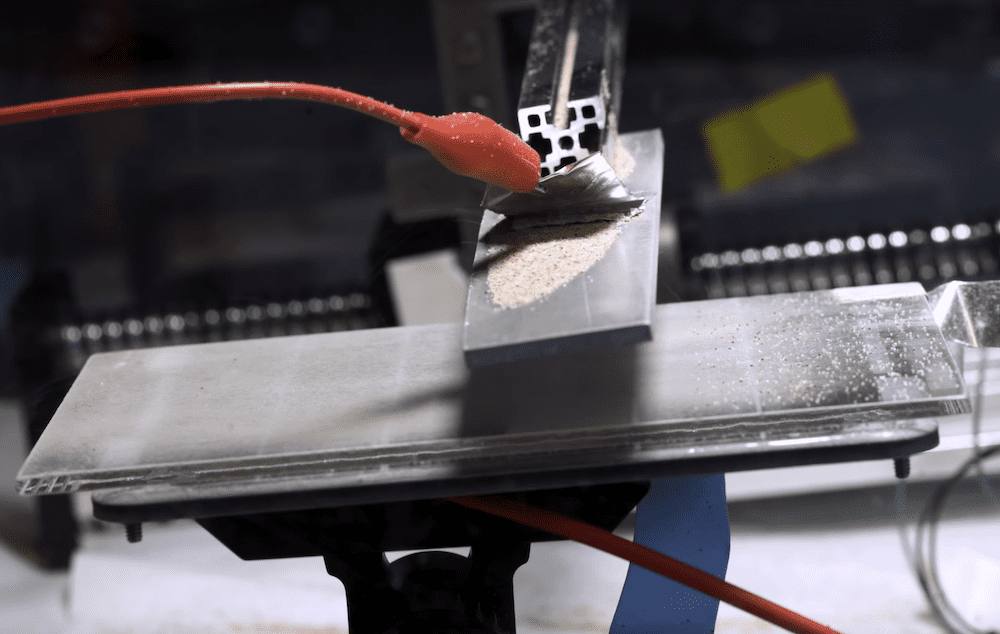Flash-sintering of ceramics can lead to microstructural heterogeneity, which can negatively impact the material’s performance. Researchers in Brazil demonstrated that forming method can influence the final microstructure of flash-sintered ceramics.
Read MoreTristructural isotropic coated particle fuel is expected to improve safety of nuclear reactors. Researchers led by the University of Tennessee, Knoxville investigated the potential of using silicon nitride and zirconium nitride in TRISO particle fuel rather than silicon carbide.
Read MoreCeramics are one material class that is quite popular in the design of luxury watches. View a brief history of watchmakers’ use of ceramics and learn about recent advancements in the development of new materials and processes.
Read MoreCleaning solar panels currently is estimated to use about 10 billion gallons of water per year—enough to supply drinking water for up to 2 million people. Researchers at the Massachusetts Institute of Technology designed a waterless approach for dust removal from solar panels using electrostatic induction.
Read MoreWhile fused filament fabrication has the potential to fabricate lithium-ion batteries with tailored geometries, the high amount of polymer often included in the electrodes can limit application. University of Castilla-La Mancha researchers attempted the required debinding/sintering treatment to achieve full ceramic electrodes via this additive manufacturing method.
Read MoreMetal–oxide–semiconductor field-effect transistors are integral to modern electronics. As miniaturization reaches its limits to further improve the efficiency of MOSFETs, researchers are looking to replacing certain parts of the device with ferroelectric materials.
Read MoreDisinfectants based on inorganic materials have gained much attention recently due to setbacks with organic-based disinfectants. Researchers in Spain investigated the ability of a soda-lime glass and nanoparticle-embedded clay to inactive different types of viruses.
Read MoreFinding another way to propel a rocket into space that does not rely on fuel may allow for simpler and less expensive rockets. California-based SpinLaunch is developing a novel ground-based system to launch rockets into orbit using kinetic energy rather than fuel.
Read MoreIn November 2021, the National Science and Technology Council subcommittee marked the 10th anniversary of the Materials Genome Initiative by issuing a new, comprehensive five-year strategic plan for the MGI. Learn more about the new plan in today’s CTT.
Read More









